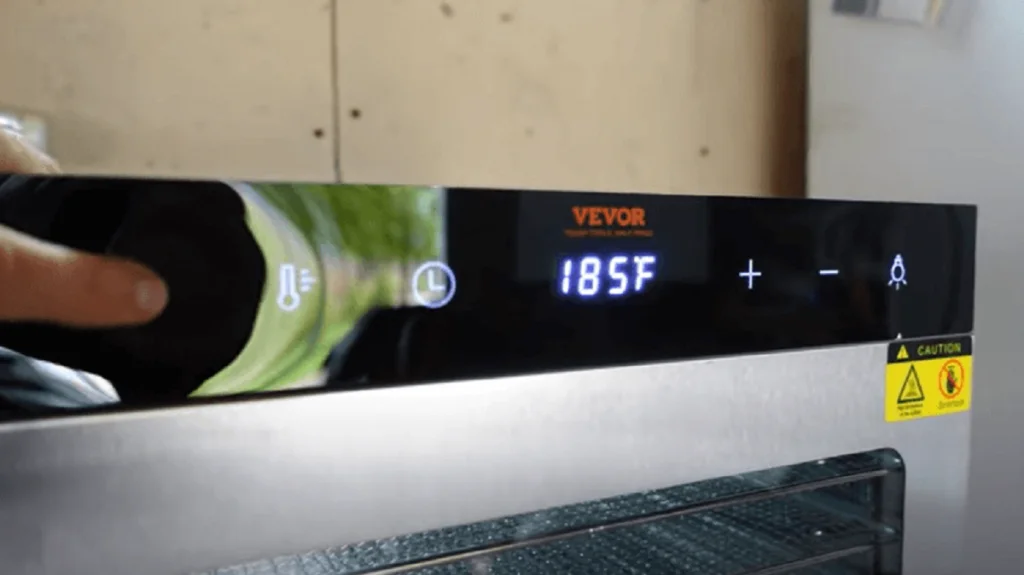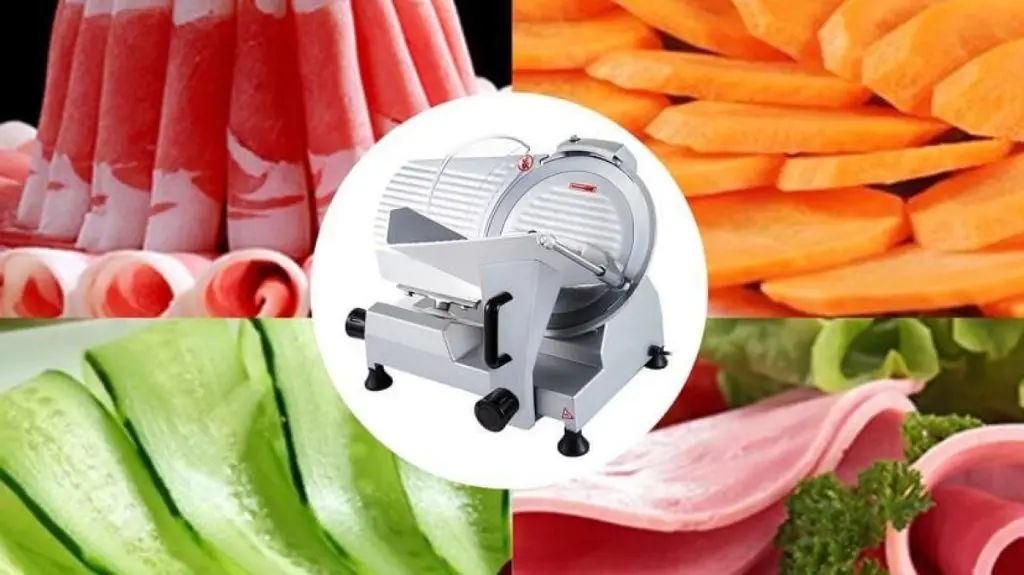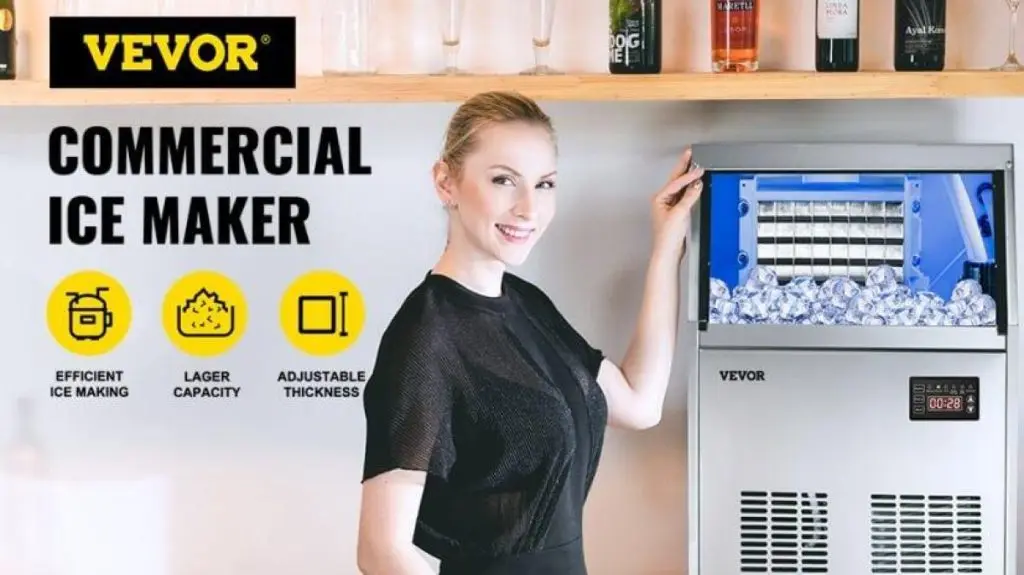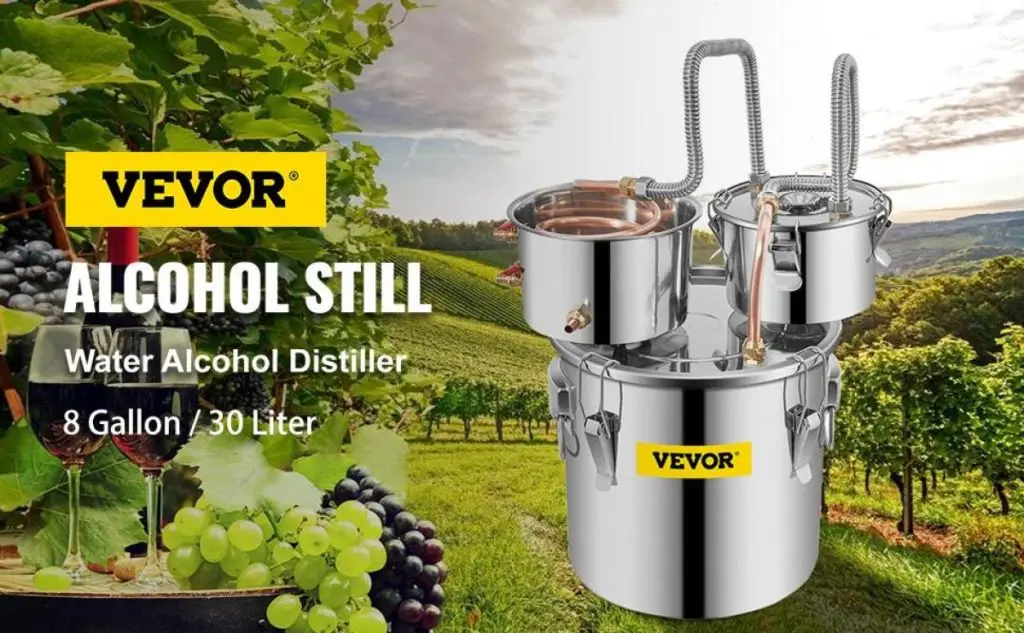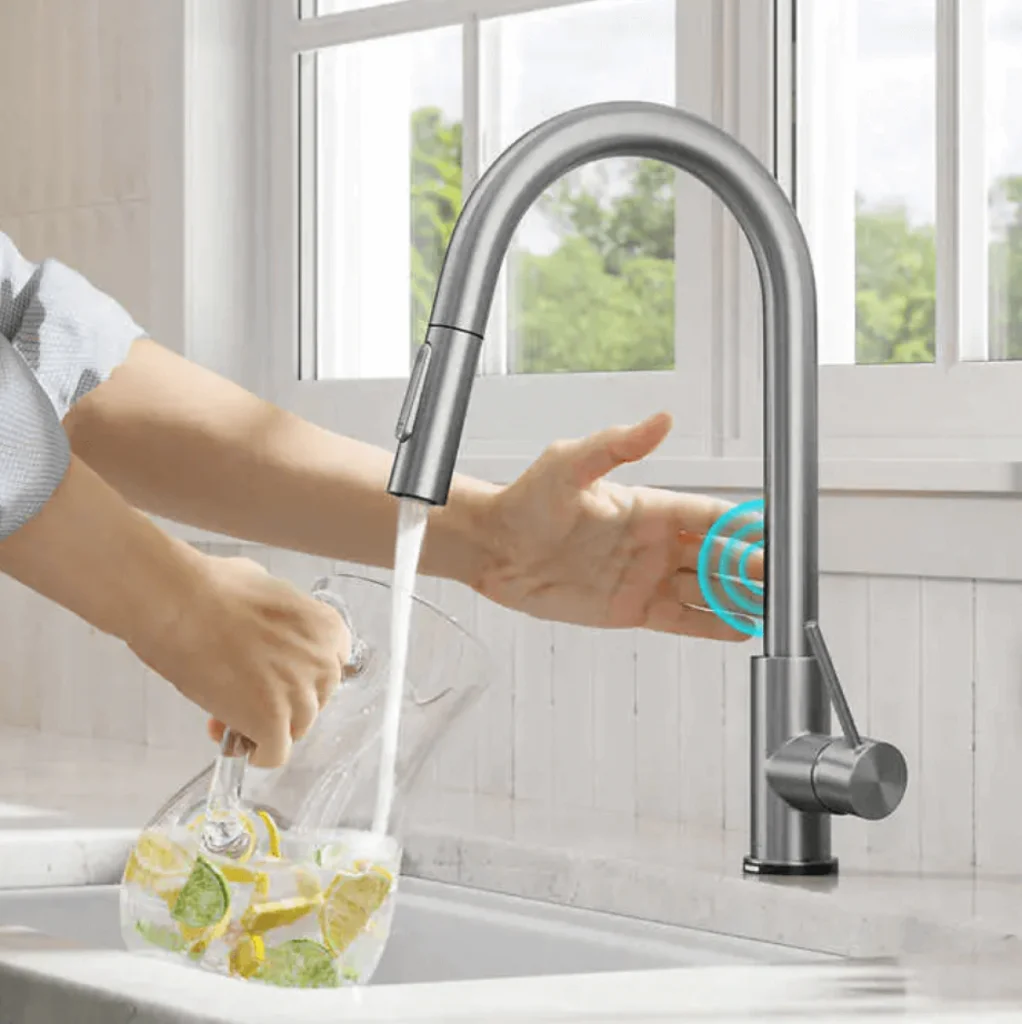It won’t be wrong to say that buying a dehydrator changes everything about your eating habits. You have a whole bunch of meal options at half price. Best of all, it’s healthy for your gut because optimum heat makes it safe to eat.
First experience with such equipment can always bring a lot of confusion. For instance, how can you set the temperature of dehydrator for certain foods? Or why is the temperature setting even important? What would happen if you don’t set it to an optimal level?
If you’re new to food dehydration, I am here with this guide to answer so many of your questions.
Table of contents
- Understanding the Ideal Temperature Range for Various Foods
- The Nutritional Impact of Dehydration Temperatures
- Beginner’s Guide: Easy Foods to Start Dehydrating
- Advanced Techniques: Dehydrating More Challenging Foods with Precision
- Creative Uses of Your VEVOR Dehydrator Beyond Food
- FAQs About VEVOR Dehydrators
Understanding the Ideal Temperature Range for Various Foods
Whether you are heading out camping or you only want to save your food for the rest of the season, dehydration saves the day. But every food has a unique composition, and the temperature of a dehydrator has to match those requirements.
General Temperature Guidelines for Different Types of Food
Every kind of meat can provide an excellent ground for microorganisms to breed. So, you will need to dehydrate them at higher temperatures to make sure there is no ground for bacteria or mold to grow. But the temperature cannot be very high because that will only harden the outer part. The insides of the meat will still be soft and locked with moisture. That moisture will allow some of the bacteria to survive.
Note: The appropriate temperature for cooking meat is around 155 degrees Fahrenheit, whereas chicken might need 165 degrees at least.
On the flip side, you won’t need a very high temperature of a hydrator while dehydrating fruits and veggies. For such items, anything around 130 and 135 degrees Fahrenheit for 6 to 12 hours is good enough.
Tip: High-water content fruits like melons may require 12-24 hours of dehydration instead of 6.
Foods rich in fat or oil can never make a good choice for dehydration. The fat in these items becomes sour. So, avoid putting olives, avocados, or peanut butter into a food dehydrator.
Note: Although you can dehydrate non-fat dairy products, it doesn’t mean you should. By drying most of these items, you might be favoring the odds of foodborne illnesses.
Why is Setting the Right Temperature of a Dehydrator So Important?
Here are some of the reasons why the precision of the temperature of a food dehydrator matters:
By putting food at a lower temperature than recommended, you might be creating perfect conditions for spoilage instead of preservation.
On the flip side, too high a temperature can cause the food to lose its color and taste. Worst of all, you might be risking case-hardening. Your food will appear perfect and dried because the exterior will be tough.
Ideally, it is a good idea to slice the food and press to see if the moisture is still there.
The Nutritional Impact of Dehydration Temperatures
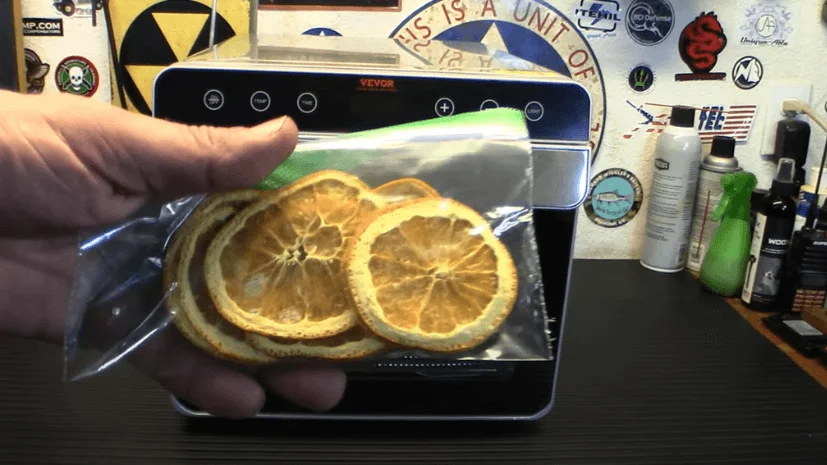
Like most people, you might wonder what happens to the nutritional value of the food if you dehydrate it.
When you dehydrate your food at the recommended temperature, it retains most of its nutritional components. Remember, most, not all of them.
Usually, vitamins in a food item give way to food dehydration. For instance:
- Vitamin A cannot withstand high temperatures for a long time, so you can expect to lose it first.
- Since you are practically drying up your food, you will also lose some of your vitamin C because it is water-soluble.
- You might not be able to dehydrate most fruits without blanching them first. So, expect to compromise on some of the vitamin B percentages of your food.
Balancing Temperature for Optimal Nutrition Retention
Using optimal temperature settings is the best way to protect your food’s nutritional value. That is the reason why every food item has different temperature and heating criteria that you must adhere to.
Another way to retain the nutritional values is even drying. For that purpose, you can rotate the tray periodically or choose a dehydrator that allows even air circulation. VEVOR’s electric dehydrator features a rear-mounted drying fan, ensuring 360-degree air circulation. Efficient performance without compromising on the nutritional value of your eatables sounds like a dream come true.
Beginner’s Guide: Easy Foods to Start Dehydrating
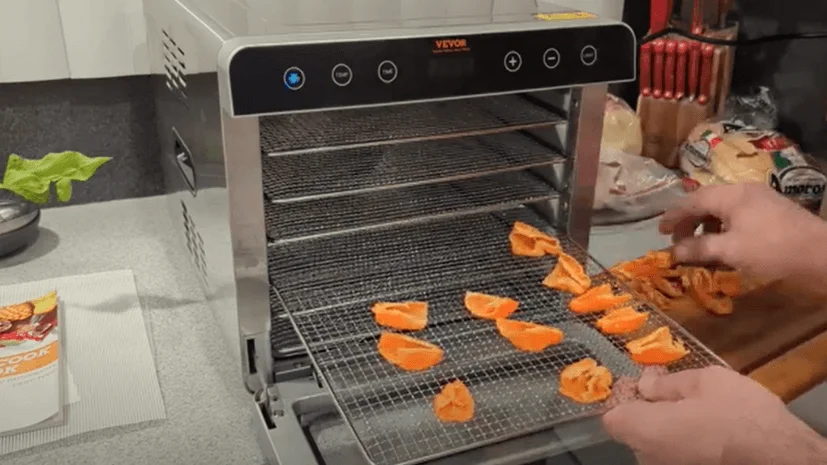
Food dehydration is an interesting and straightforward process. But if you’re a beginner, you could use some beginner-friendly tips and tricks.
- 95% Dehydrated
In case your food feels sticky or spongy when you take it out, you need to dehydrate it a little more. One cannot be sure about the safety of one’s food unless it is 95 percent dry.
- Right Place for Dehydrator
Just like the temperature of a dehydrator, its location also matters. High humidity or breezes may alter the food’s dehydration requirements. Ideally, you should set up your unit in a place that is warm, dry, and away from air vents.
- Don’t Rush
It’s a huge misconception that turning the thermostat up will dry the food quickly. High temperatures will only burn the taste and color and spoil the food before you can even store it properly.
- Prepare in Advance
Before putting it inside the dehydrator, you must ensure that the food is clean. Don’t forget to wear your gloves while washing and preparing the food, as that will prevent skin from transferring oils to the food surface.
It is good to steam your low-acid veggies before dehydrating them. However, you must pat dry them before placing them on the machine’s dry.
If you’re worried about apples and bananas turning brown, sprinkle lime juice to save them.
- Be more Efficient
The key to a beginner-friendly experience with food dehydrators is the user’s efficiency. For that, you can preheat the dehydrator like an oven. You may also consider dehydrating similar items at the same time.
Advanced Techniques: Dehydrating More Challenging Foods with Precision
While some foods are easy to dehydrate, there are some that need patience, technique, or a pre-treatment process.
For instance, an easy way to make sure your moisture-rich foods dehydrate properly is by slicing them. Thin slices spread smoothly on a dehydrator’s tray receive an even temperature and dry up nicely. To be extra sure, you might also want to check for moisture when you’re done.
If you have tried preparing citrus zest, you might know how tough that thing can be. One way to make it easier is by blanching the zest for a short while and then spreading it on the dehydrator tray.
One common thing about dehydrating almost every challenging food is that they need even heat and consistent temperature. The design and technology of VEVOR food dehydrators are perfect for these eatables as they ensure slow and even drying.
Creative Uses of Your VEVOR Dehydrator Beyond Food
Despite their name and straightforward design, VEVOR’s dehydrator is versatile enough to assist you with various tasks in the kitchen. If you aren’t using your dehydrator for anything beyond drying food, you are definitely missing out on so much.
- Yogurt: Maintaining a constant temperature of 40°C to 45°C, our food dehydrator can create a perfect environment for culturing yogurt that will last in your fridge for weeks.
- Meringues: A lot of bakers prefer food dehydrators for perfect and crunchiest meringues. The best part about dehydrated meringues is their shelf-life due to low temperature exposure.
- Crispy Marshmallows: You can also use our dehydrator to dehydrate mini marshmallows. Once they are crispy, you may add them to cereals, hot chocolate, or trail mix.
- Tempering Chocolate: VEVOR dehydrator will melt and hold the chocolate at a consistent temperature until it’s ready.
- Broth and Stews: Our dehydrator will dehydrate your leftover broth and grind it into a powder. You may easily rehydrate that powder to use in stews and stocks in the future.
FAQs About VEVOR Dehydrators
Why has my food dehydrator started overheating suddenly?
Your electric food dehydrator can heat up for many reasons. The most common of those reasons is a jammed fan or a fan that needs service.
How to dry food evenly in a food dehydrator?
If you think your machine dries up some portions of the food better than the others, you need to check whether you overloaded it. Spread the food evenly while loading the dehydrator, and keep an eye on the capacity.
When does your electric dehydrator heat up beyond the set levels?
You must check the wires and breaker of your food dehydrator if such a problem arises. If they look fine, it is most possibly a thermostat failure. When a thermostat breaks down, the heating element doesn’t know how much to heat up.
Summing Up
If you ask about the most versatile and handy kitchen tools, I’d definitely name a food dehydrator. Despite their name, these devices can do much more than just dry your food.
No matter what your purpose for using this machine, the temperature of the dehydrator is the key to efficiency and precision. VEVOR’s food dehydrators ensure precision with their smart features and an efficient air system.
To know more, check out our website and explore food dehydrators in depth. If you’re looking for affordable options, VEVOR has a vast product range to meet your expectations.

